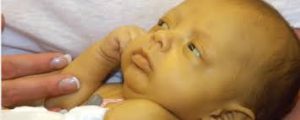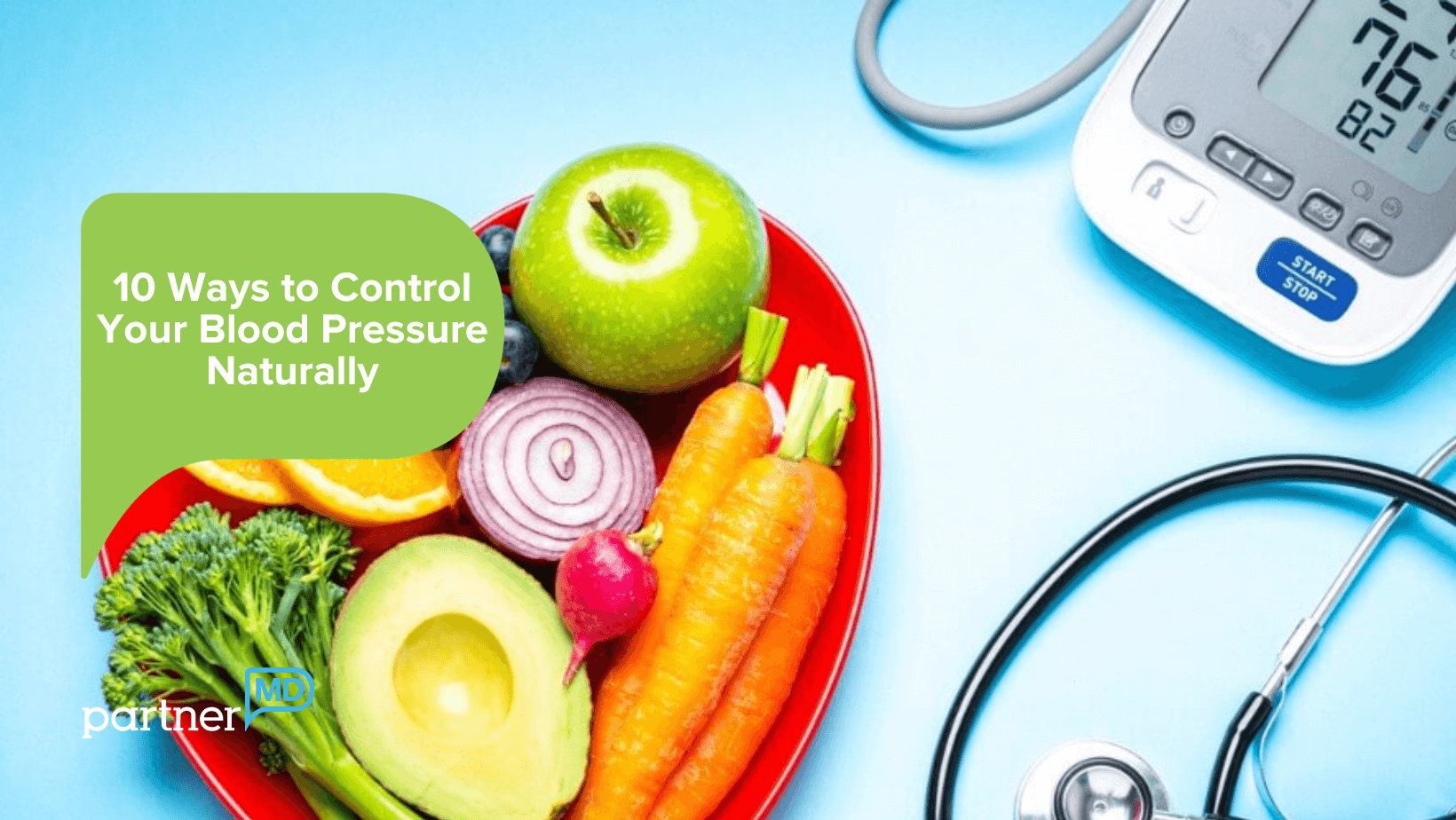
Neonatal jaundice is a condition in which a newborn’s skin and the whites of the eyes appear yellow [1]. Jaundice is usually harmless and can be easily treated, but in rare cases it can be a sign of a more serious condition. For this reason, it is important to monitor the symptoms of jaundice if you are concerned about your jaundiced newborn’s bilirubin levels.
Key points
1. Excess bilirubin in the blood can cause yellowing of the skin and eyes and can lead to neonatal jaundice
2. Treatment for neonatal jaundice usually includes phototherapy, a type of light therapy that helps break down bilirubin
3. If you are unsure about your newborn’s jaundice and symptoms, consult a doctor immediately
What is neonatal jaundice?
Neonatal jaundice is a condition that affects approximately 60%[3] of newborn babies. This is a condition in which the skin and whites of the eyes of a newborn appear yellow. This condition is caused by excess bilirubin, a yellow pigment produced when red blood cells break down. Bilirubin is normally excreted in the stool, but a newborn’s liver is not fully developed, so bilirubin can build up in the blood. Jaundice is common and usually nothing to worry about. It is usually harmless and will go away within a few weeks. In rare cases, however, jaundice can be a sign of a more serious condition, such as liver disease or a blood disorder. Normal bilirubin levels in newborns typically range from 5 to 20 mg/dL [1]. If a newborn’s bilirubin levels become very high, they may need treatment, including phototherapy. Neonatal jaundice can be treated with phototherapy, where the newborn is exposed to special light[4] that helps break down bilirubin. Rarely, hospitalization may be required for treatment. Newborn bilirubin levels can be monitored using a simple blood test. If levels are elevated, treatment may be needed. Treatment options include phototherapy.
What causes neonatal jaundice?
There are several causes of neonatal jaundice. Sometimes, it can be caused by a genetic disorder or an underlying medical condition. In other cases, it can be the result of something as simple as a missed feeding or dehydration. Several things can cause neonatal jaundice, including:
• Premature birth
• Blood type incompatibility between the mother and baby
• Excessive red blood cell breakdown
• Infection
Symptoms of neonatal jaundice
In neonatal jaundice, bilirubin levels that are too high can damage the brain; This is why it is essential to watch for signs of jaundice and talk to a doctor if you are concerned. Signs of jaundice in newborns include:
• Yellow skin
• Yellow whites of the eyes
• Dark urine
Diagnosis of neonatal jaundice
Most cases of neonatal jaundice are mild and go away on their own. But in some cases, it can be serious and may require treatment. If you think your baby has neonatal jaundice, it is important to see a doctor immediately. It is usually diagnosed through a physical examination. The doctor will look for signs of yellowing of the skin and eyes. They may ask about your baby’s other symptoms. If the doctor suspects neonatal jaundice, they may recommend a blood test to measure it. It is diagnosed by checking the newborn’s skin and eyes for yellowness. A simple blood test can also measure the level of bilirubin in the blood. If bilirubin levels are elevated, further tests may be needed to determine the cause. Doctors may also use a bilirubin meter to measure the level of bilirubin in the baby’s blood. Blood tests are usually done when the baby is between two and four days old. The test results will help the doctor determine whether the jaundice is mild, moderate, or severe. The doctor may then recommend further tests, such as urine and liver function tests. If these tests indicate that a baby has jaundice, the doctor will likely order a
Treatment of neonatal jaundice
Neonatal jaundice can be treated in different ways, depending on the cause. If the cause is excess bilirubin, treatment may include removing it from the blood or using light therapy to break it down. If the cause is a blockage in the bile duct, treatment may include surgery to remove the blockage. In some cases, neonatal jaundice may go away on its own without treatment.
Can neonatal jaundice be prevented?
Unfortunately, there is no surefire way to prevent neonatal jaundice. However, there are some steps you can take to reduce your baby’s risk. These include breastfeeding often and avoiding exposure to cigarette smoke. Finding the right child health insurance can be a daunting task. There are many different plans and providers to choose from. Choosing a child insurance plan can be challenging. You need to be aware of your family’s needs to select the right plan for them. Here are a few things to keep in mind when buying child health insurance:
• Make sure the plan covers the basics, such as doctor’s visits



 DailyMediCure
DailyMediCure 











nga952